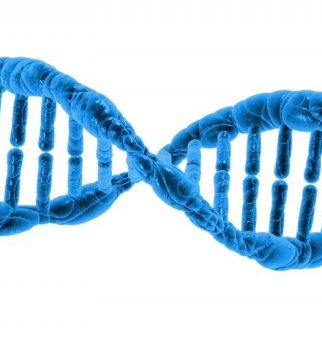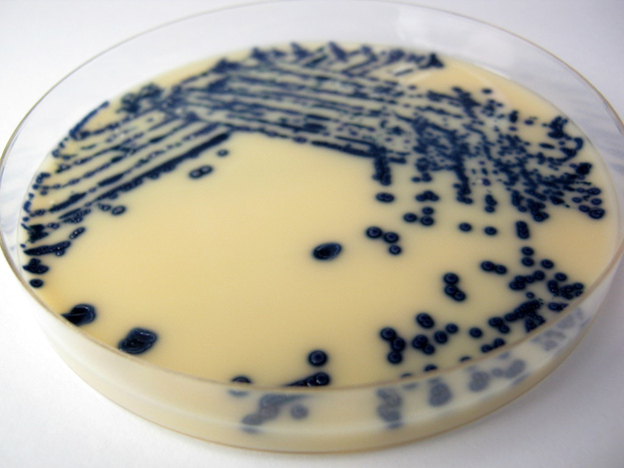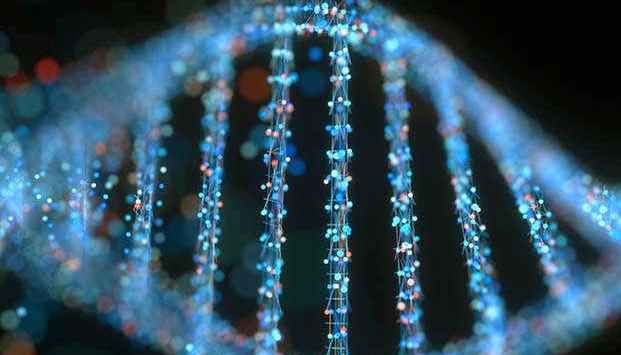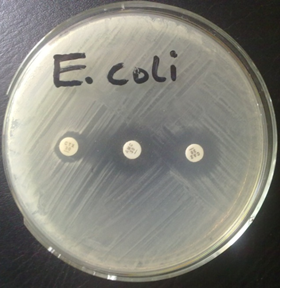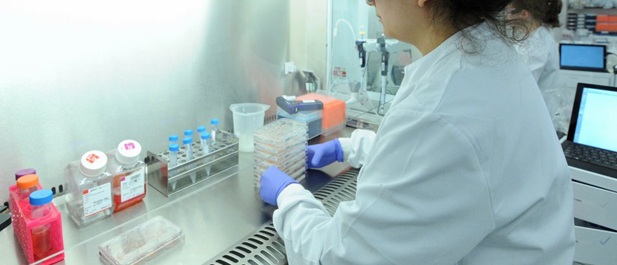ANTIGEN RETRIEVAL PROTOCOL FOR PARAFFIN-EMBEDDED TISSUE
In the previous section on DEPARAFFINIZATION PRIOR TO IMMUNOHISTOCHEMISTRY STAINING, we looked at deparaffinization and rehydration of paraffin-embedded tissue. In this section, we look at epitope unmasking protocol. Deparaffinization is an important process in the immunohistochemistry staining process; and it must be done prior to immunohistochemistry, especially for paraffin-embedded tissue samples. Deparaffinization is simply defined […]
ANTIGEN RETRIEVAL PROTOCOL FOR PARAFFIN-EMBEDDED TISSUE Read More »
Immunology & Immune System





